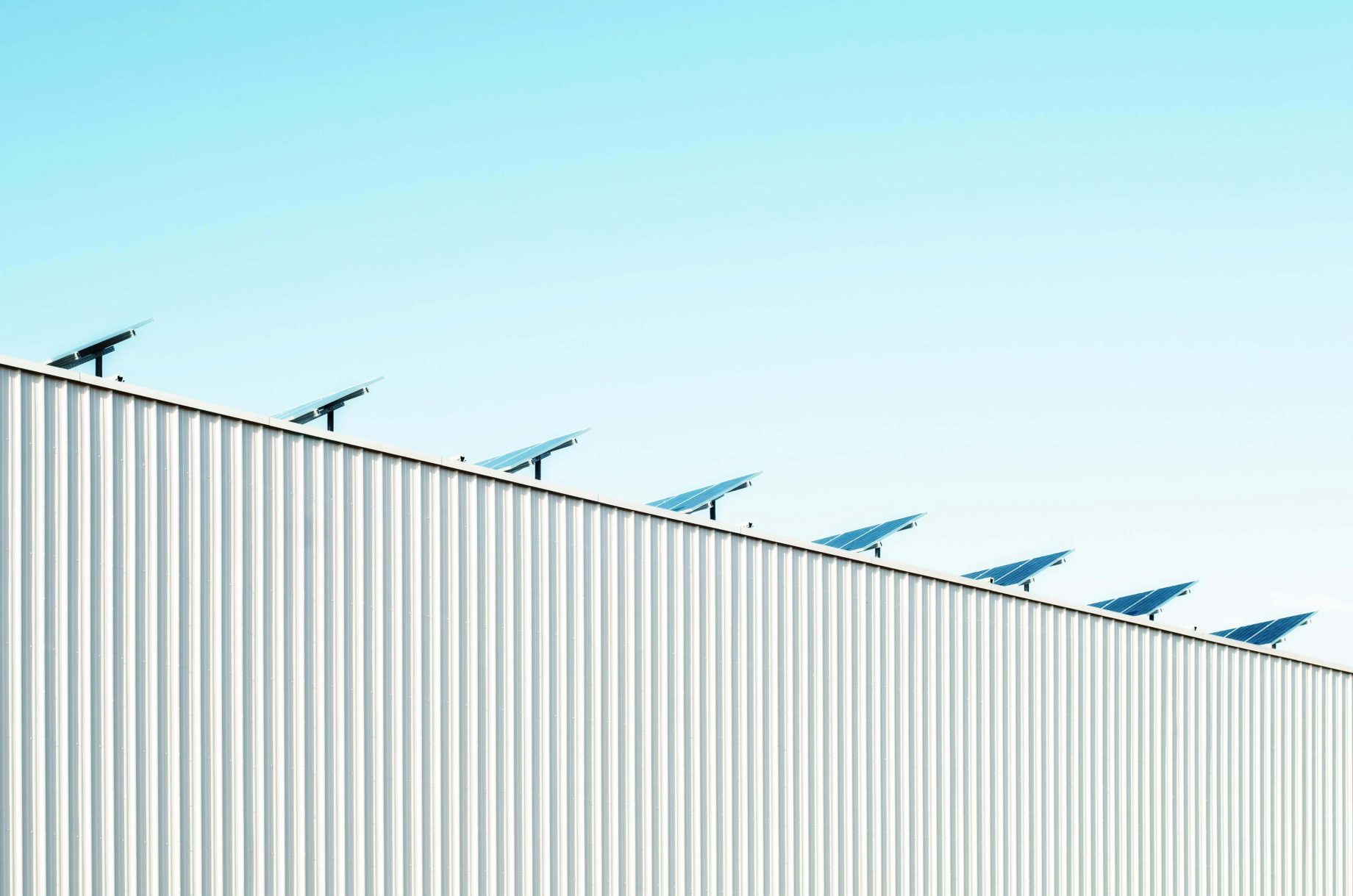New research out of Victoria University suggests that the long-standing cap on solar panel efficiency might be surpassed. Dr Nate Davis says his work points to a possible 44% conversion rate, exceeding the widely accepted 32% threshold.
“It’s something people have been trying to solve for 30 years. It’s a big, big problem, with our technology, theoretically you can get to 44%” he said.
Singlet Fission to Increase Solar Output
The key to Davis’s success lies in a process called singlet fission, which allows a single high-energy photon to produce two electrons instead of one—dramatically increasing power output. While the principle has been explored in elite labs before, Davis has applied it in a new way, within hybrid solar cells made from perovskites and organic/inorganic nanomaterials.
“One photon in, two photons out. This technology is more part of a solar panel, one photon in, then two electrons out,” he explained.
Perovskite cells are already touted as the future of solar because they are cheaper, lighter, and easier to produce than silicon. Davis’s technique builds on this, offering efficiency without the need for expensive tandem stacking of different cell materials.
Advancing Commercial Readiness for Scalable Solar Deployment
Commercialisation efforts are advancing, although the technology is not yet ready for deployment at solar farm scale. Davis has received over $2 million in public funding since 2019, including a $1 million Endeavour Fund grant and $800,000 from a Rutherford Discovery Fellowship.
Market validation has reportedly been completed, and a Deep Tech Incubator application is in progress with Pacific Channel.
“There are a lot of stability and performance metrics you have to meet to prove it works,” Davis said.
Printed Manufacturing to Disrupt Solar Supply Chains
Davis says the solar panels could be produced using existing printing technology, potentially avoiding traditional factory-based manufacturing.
“Some of the guys we talked to in America have the old Kodak facilities and they’re making solar panels on the Kodak printers,” he said.
“If we could print solar panels that are more efficient than silicon, they would just put them everywhere.”He has also discussed the concept with printing firms in Lower Hutt.
Demonstrating the Commercial Value of Flexible R&D Approaches
According to Davis, the project’s commercial potential arose from unplanned findings rather than the original research objective.
“What we actually developed wasn’t what we said we’re going to do. We tried doing that, and on the way we found things that worked better and had more commercialisation [potential],” he said.
Davis is at a decision point as the solar technology approaches market readiness. He is weighing whether to continue in academia or take on a more commercial role.
“It’s hard to make the jump completely, but a couple of academics have done it, which seems really exciting,” he said.

